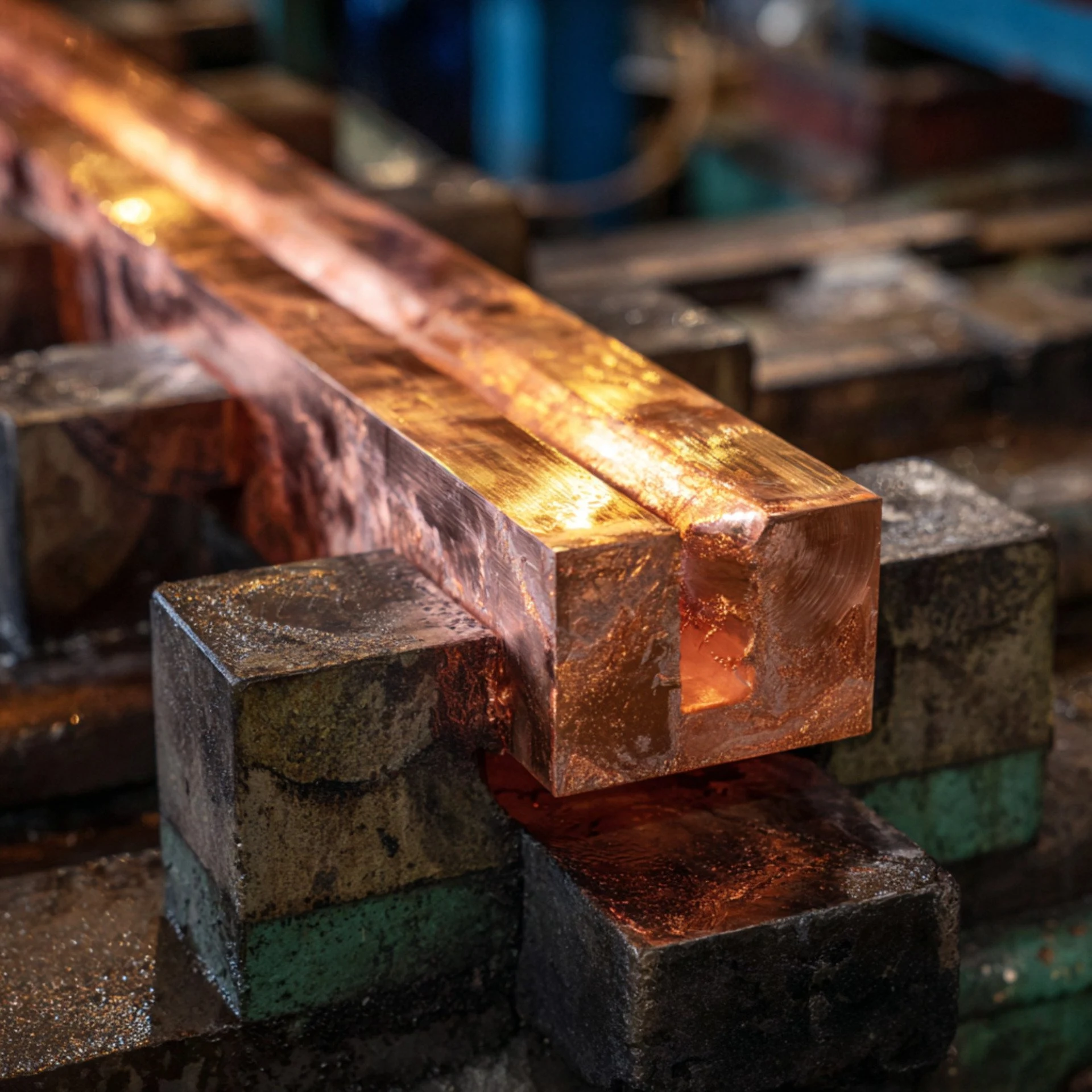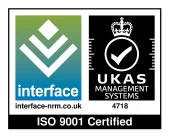Copper extrusion is an important part of the process because it shapes copper metal into different shapes. Copper parts are used in many fields, from electronics to building, and this process is necessary to make them.
We will talk about the copper extrusion process, billets, and how the end profiles are made in this blog post. We’ll also talk about how copper extrusion changes the end product’s quality and performance, which will help you understand how important it is in different situations.
What is Copper Extrusion?
Copper extrusion is a metal-forming process that transforms copper billets into long, homogeneous profiles. This method uses a mechanical press to force copper through a die, resulting in the required shape. The result is a continuous, solid metal profile that can be trimmed to size for additional processing or application.
Manufacturers favour extrusion for copper because its remarkable malleability allows them to mould it into intricate shapes while maintaining strength and conductivity. The copper extrusion technique is essential for producing copper tubes, rods, wires, and structural profiles for use in building, electrical systems, and plumbing.
Types of Extrusion Methods:-
- Direct (Forward) Extrusion: The billet is pushed through a stationary die by a moving ram. This is the most common method, suitable for a wide range of copper profiles.
- Indirect (Backwards) Extrusion: The die moves towards the stationary billet. This reduces friction and allows for longer extrusions with improved surface quality.
- Hydrostatic Extrusion: Engineers surround the billet with pressurised fluid to reduce friction and enable higher reduction ratios. They use this method for specialised applications that demand exceptional material properties.
Key Steps in the Copper Extrusion Process
1. Billet Preparation:
The process begins by producing copper billets in-house to maintain strict control over the alloy’s quality and composition. Operators cut each billet to a specified length and then test it in a laboratory to confirm it meets the required chemical and physical standards.
2. Heating the Billet:
The heating of copper billets occurs above their recrystallisation temperature, generally ranging from 600°C to 1000°C. This process reduces the hardness of the metal, facilitating shaping while avoiding work hardening and promoting a consistent grain structure in the end product. Effective heating is crucial for achieving profiles that exhibit uniform mechanical and electrical properties.
3. Extrusion Through the Die:
After heating, the billet is placed in an extrusion press. Hydraulic rams force the softened copper through a precision die, moulding it to the correct profile. Designers determine the die’s final cross-section, allowing manufacturers to produce a wide range of shapes, from simple rods to intricate bespoke profiles.
4. Cooling and Straightening:
Operators quickly cool the copper as it exits the die, usually by immersing it in a water bath. This step makes the material more stable, stops it from oxidising, and helps it keep its shape. Operators straighten the extruded shape and cut it to length. They then prepare it for finishing or further processing.
5. Finishing and Quality Control:
After extrusion, technicians draw, cold roll, or coil the copper to achieve specified tolerances and surface finishes. They carry out thorough testing throughout the production process to ensure each profile meets industry standards, including evaluations of tensile strength, conductivity, and grain size.
Benefits of Extruded Copper
Extruded copper offers several advantages over other metal-forming techniques, such as casting or rolling. These benefits include:
- High Precision: Extrusion allows for tight tolerances and high-quality finishes, ensuring that the copper profiles meet the required specifications.
- Versatility: The process can produce a wide range of shapes, sizes, and profiles, making it suitable for various industries, including construction, automotive, and electronics.
- Strength and Durability: Extruded copper retains its inherent strength and durability, making it ideal for structural and electrical applications.
- Efficiency: The continuous nature of the extrusion process allows for high-volume production, reducing material waste and lowering manufacturing costs.
Applications of Copper Profiles
Copper profiles created through extrusion are used in numerous industries and applications. Some common examples include:
- Electrical and Electronics: Copper is a good conductor of electricity, making it a popular choice for wiring, cables, and connectors. Manufacturers commonly use copper extrusions to produce electrical components that require both conductivity and strength.
- Construction: Builders and designers commonly use copper profiles in plumbing systems, roofing, and architectural elements for their corrosion resistance and aesthetic appeal.
- Automotive: Automotive manufacturers use copper for heat exchangers, radiators, and other components that require heat resistance and durability.
- Aerospace: Aerospace engineers use copper extrusions for components that must withstand extreme temperatures and pressures.
Sustainability
UK industries are prioritising sustainable production as environmental rules tighten and net-zero ambitions approach. Copper is ideal for circular production since it is 100% recyclable without losing performance.
To lower their carbon impact, modern extrusion facilities invest in energy-efficient furnaces and low-emission procedures. UK metal supply and services leader ILF Products supports this change. ILF Products promotes responsible production without compromising quality by delivering sustainable sourcing and partnering with renewable, construction, and transport clients.
Shaping Smarter Copper Solutions
The process of extruding copper does more than just shape metal. Many UK industries rely on this essential method to produce high-quality, long-lasting parts tailored to specific requirements. Each step, from the first billet to the final profile, is important for achieving precision and efficiency.
Understanding this process can help engineers, manufacturers, or procurement workers get better results when they use copper parts. Experienced suppliers like ILF Products help determine the required materials and guide how to manufacture them effectively.
Milly Edwards
Sales and Marketing Executive: Responsible for creating content for ILF's social media channels, website, print media and promotional work.








